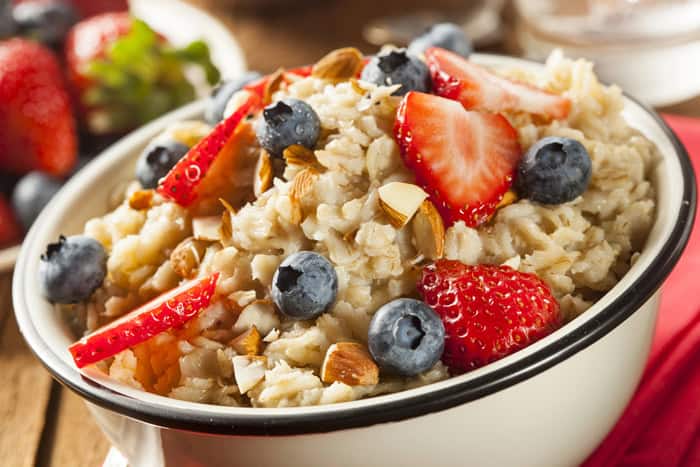How Is Kidney Health Connected to Liver Health?
6 Ways Kidney and Liver Health Are Linked 1. Detoxification and Waste Removal Both the kidneys and liver play crucial roles in filtering and removing toxins from the body. The liver metabolizes substances and produces bile to help in the breakdown of fat-soluble waste products. The kidneys then filter the blood, removing waste products, excess […]
How Is Kidney Health Connected to Liver Health? Read More »









